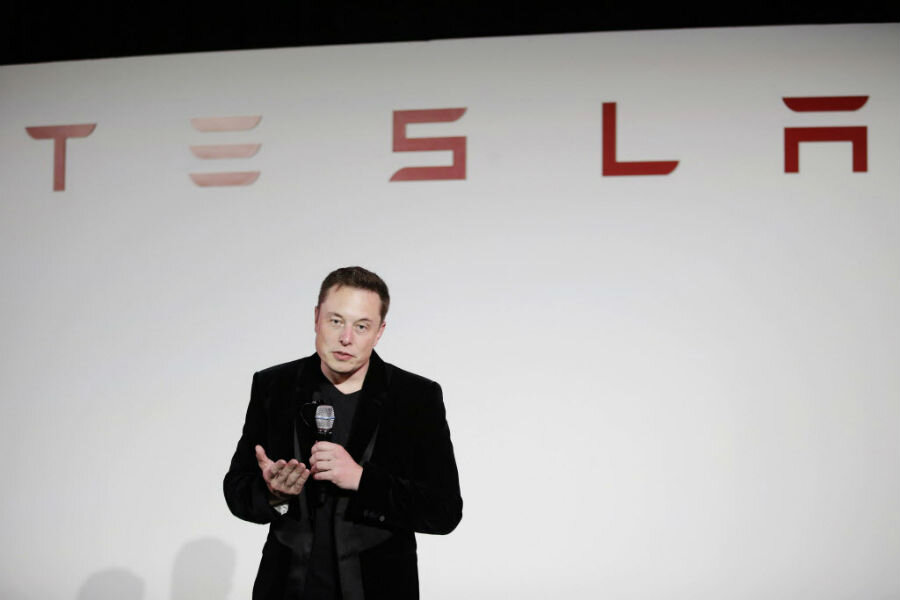Tesla expands as losses grow
Loading...
Tesla released its most recent quarterly financials, and like the 12 previous quarters, the ink on the page was all red.
The company's net loss amounted to $293 million--substantially higher than the $184 million shortfall recorded on June 30, 2015.
Revenue climbed dramatically, from $955 million in the second quarter of 2015 to $1.27 billion in 2016. However, operating costs swelled, too: from $384 million to $513 million. Over the course of 2016, Tesla says that it expect operating costs to rise a total of 30 percent.
Perhaps most troubling to observers, Tesla failed to meet its delivery goals. The automaker delivered 14,402 vehicles between April 1 and June 30, 2016, well below Tesla's stated goal of 17,000 deliveries for the quarter. Of that number, 9,764 were Model S sedans, and 4,638 were Model X crossovers.
That's the bad news.
The good news is, Tesla's financial losses are attributable to massive capital investments as the company works to finish its gigafactory in Nevada and ramps up capacity to built the new Model 3. (The latter alone is expected to cost $2.25 billion.)
The losses also stem from an aggressive showroom expansion plan, which has Tesla opening nearly two new storefronts each week through the end of the calendar year:
"We are also accelerating store openings and plan to add a new retail location every four days on average during the remainder of Q3 and through Q4. We are adding stores in new population-dense markets like Taipei, Seoul, and Mexico City, while also adding stores in our most mature markets like California. The quality of our new locations is also improving as many shopping malls now consider us the new standard for an anchor tenant based on the amount of foot traffic that we draw and our very high revenue per square foot."
Our take
While Tesla's losses might sound alarming, they're probably to be expected for a company that is still, to many minds, a start-up. As the saying goes, you've got to spend money to make money, and Tesla is spending like crazy in the hope that its investments will pay off down the road. (Based on the very strong demand for the Model 3 sedan, that may be a safe bet.)
Translation: the numbers aren't so good now, but once Tesla has its facilities in order, the financials could level out. Until then, it will have to make do with fairly modest sales revenue and funds generated from sources like stock sales, which pumped $1.7 billion into the company's coffers in May.
There is, however, one "x factor", one thing that might play out the way that Tesla intends, or it could put a serious crimp in Tesla's near-term plans: the company's acquisition of SolarCity. According to Tesla, the merger will save the companies $150 million in the first year--which sounds great, until you consider that the deal is costing Tesla $2.6 billion.
In the long run, the new company could become a massively powerful battery, energy, and transportation enterprise. However, the near-term payoffs seem better for SolarCity, since it will spend less on batteries and take advantage of Tesla's battery research and development efforts. Tesla may be slower to realize benefits, which will come largely from retail sales of SolarCity's solar power systems, equipped with Tesla batteries.
This article first appeared at The Car Connection.







